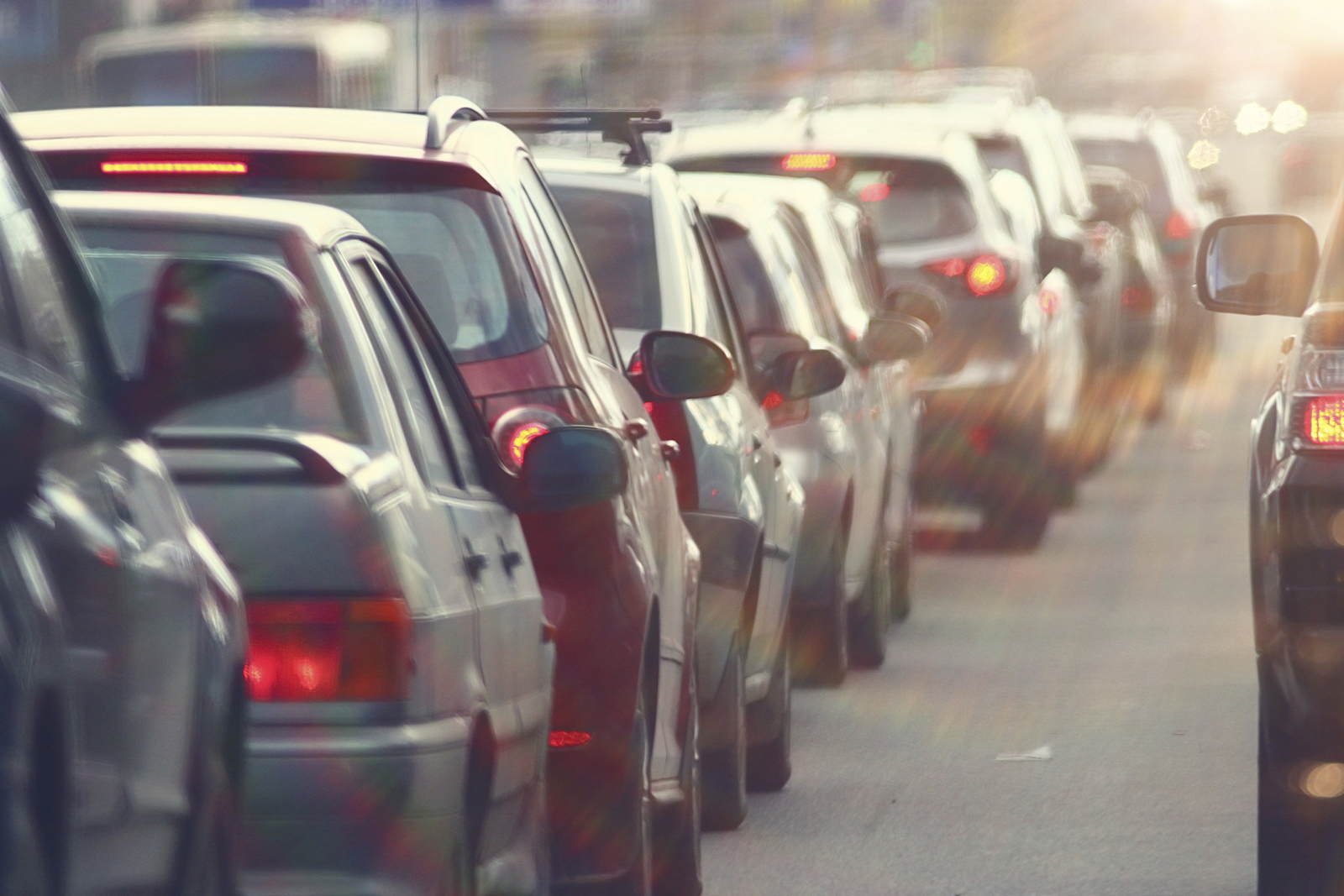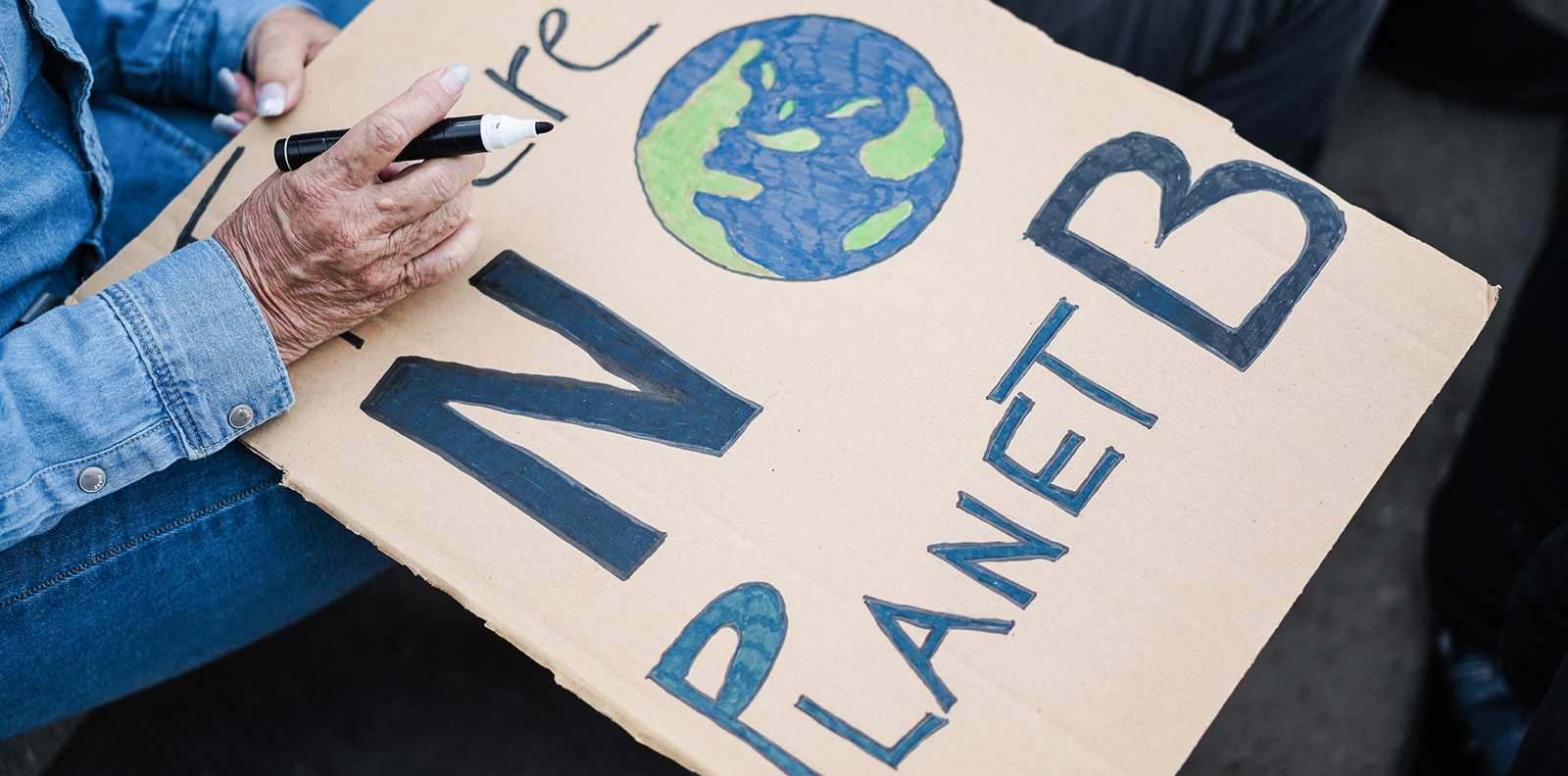No Room for Doom and Gloom in Climate Talks
November 17, 2022
Educating others about climate change in a nonthreatening way is a challenge. Heck, getting people to even pay attention to the crisis is difficult.
But educating and mobilizing politicians, policymakers, municipal officials, business owners, civic leaders, students, and the public about this emergency is the only way to confront the problem before it’s too late. The clock is ticking. There’s no time to waste.
But despite this sense of urgency, the manner in which climate change is communicated needs to move away from science and doom and gloom to hopefulness and solutions, according to Jennifer West, the coastal training program coordinator for the Narragansett Bay National Estuarine Research Reserve.
“Crisis messaging doesn’t work,” West said. “People get numb and feel hopeless. It’s important to talk about successes to give people hope. Hope promotes discourse and action.”
The Scituate resident has been communicating with audiences about climate change since 2014, after finishing a yearlong training with the National Network for Ocean and Climate Change Interpretation (NNOCCI). She has spent the past eight years speaking with city and town officials, state and federal employees, nonprofits, college students, and consultants about how to talk about climate change.
West, president-elect of the Rhode Island Environmental Education Association board, said it’s about telling stories that resonate with audiences. She noted 70% of Americans think climate change is happening, but 65% never or only occasionally talk about it — mostly because they’re not confident enough to talk about it correctly, she said.
She said effective climate action requires productive public dialogue and civic engagement, noting hopeful people are more likely to discuss global warming with friends and family. She said the focus should be on the 93% who acknowledge climate change and not on the minority that denies the obvious.
Everyone can, and should, play a role, by sharing solutions and advocating for change, because conversations about climate change also address clean air and water, health care, and the economy.
But explaining the scale of the climate crisis — one of the biggest challenges humankind has faced — can be overwhelming, leading people to lose interest. Their eyes glaze over. It’s both daunting to communicate and comprehend. The best way to get past this disillusionment, according to West, is to convey a hopeful message focused on solutions, both large and small that can be tackled by a school, a business, a municipality, or a neighborhood. She said group efforts empower action.
Starting a community garden in an abandoned lot, for example, builds community and soil; helps reduce carbon dioxide emissions; absorbs rain to help reduce stormwater runoff; feeds local people with local food; and helps increase local property values.
Organizing neighbors to install native plants in their gardens to create pollinator pathways boosts populations of bees, butterflies, birds, and other wildlife. Getting others to replace sections of their lawns with native shrubs and trees will help cool the neighborhood.
Climate change is not just about science, 1.5 degrees Celsius, warming temperatures, acidifying oceans, melting ice sheets, and sea-level rise. It’s also an issue of justice. The poor and marginalized are often hit the hardest, even though they contribute the least amount of greenhouse gas emissions to the atmosphere. So solving the climate crisis also requires addressing the injustices it’s creating.
To address the challenges presented by climate change, NNOCCI teaches people need to understand three things:
Why it matters to society. Protecting habitats and ecosystems benefits us; future generations depend on the decisions and plans we make today; showing concern for the welfare of others is the right thing to do.
How climate change works. Plants grow by using the carbon dioxide that animals exhale, thus some CO2 is part of normal life processes, but we are also adding carbon dioxide to the air when we burn oil, coal, and methane for energy; the atmosphere is like a blanket that surrounds the earth and when we burn fossil fuels we add carbon dioxide which thickens this metaphorical blanket; this rampant carbon dioxide builds up in the atmosphere and ocean where it causes problems for the Earth’s climate and ecosystems.
How to improve the situation. Move away from fossil fuels toward renewable energy; reduce demand for and use of fossil fuels; empower others to raise the topic of climate change in more settings.
Note: To contact Jennifer West about a possible presentation, send an email to [email protected]. To watch a video of one of her talks, click here.




I disagree that the problem is that when people have too much scary scientific, realistic information about global warming and how large the problem and the needed solutions are, they shut down and we should instead give them local feel-good activities. I think the opposite and that such activities are actually a dangerous distraction from the need to face the reality of global warming and the larger threat posed by a powerful fossil fuel industrial complex which is prepared to extract and sell every last drop of fossil fuels regardless of the terrible impact on our planet, us, and future generations.
In the lead up to WW2, for example: although the American public was well aware and strongly disapproved of the fact that armies of a Nazi dictator were overrunning Europe with Britain next on their list, the American public was also intent on doing nothing about it. Pleas for help were ignored and the only thing that finally woke up Americans to the danger that we could eventually be surrounded by fascist armies on our shores was the shock and raw fear they experienced when the Japanese attacked Pearl Harbor, killed almost 2,500 American soldiers, and destroyed most of our fleet. Suddenly, the American public was onboard to act and our entire economy was turned around on a dime. In 1941 leading up to Pearl Harbor, we manufactured more than three million cars, but only 139 more were made during the next four years of the war. and people cheered as we instead made fuselages, airplane engines, guns, trucks and tanks.
Most people are very comfortable in their daily lives and the only thing that can move any public to mobilize on a large scale t confront a dangerous external threat is when they can no longer avoid facing the threat head on. If Japan had not attacked Pearl Harbor, it’s possible we would have watched the Nazis and their allies conquer the rest of the world until it was too late for us to hold them off.
If the American public were to rise up in overwhelming numbers and demand the immediate large-scale policy and legislative changes needed to avoid much worse global climate catastrophe, these changes would happen. But if there is no single climate event like Pearl Harbor that can scare us into facing and actively opposing the existential threat that we and our planet face, then we will quietly slide into ruin. Guilt can help you stop doing bad things and fear can help you stop ignoring imminent danger.